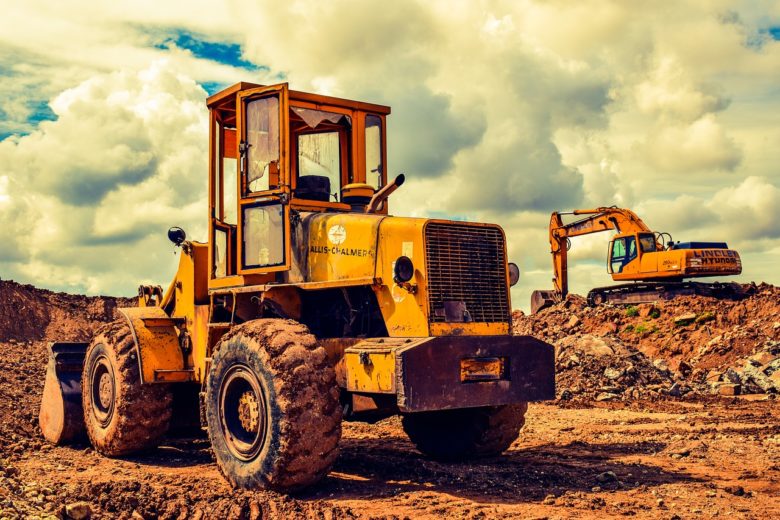
What Can the Construction Industry Do to Decrease Habitat Destruction?
We are reader-supported. When you buy through links on our site, we may earn affiliate commission.
Habitat destruction, the most significant ecological crisis we’re facing right now, is a problem for both humans and animals.
Construction — along with other land-clearing industries, like logging and agriculture — is a significant driver of destruction. Yet it doesn’t have to be. Companies can implement sustainable practices that preserve local environments, respect wildlife and minimize impact — all while staying on deadline.
What is Habitat Destruction?
Natural habitats are environments that contain everything an organism needs to thrive. Animals need an ideal combination of food, water and shelter. For plants, homes require the correct amount of light, water and nutrients.
Destruction includes any alteration of an environment that makes it impossible for animals and plants to continue living there. Nature or people harm habitats. Yet the most common causes of destruction are a result of industry and development — primarily construction and agriculture.
Experts divide habitat devastation into two sub-types — loss and destruction. When a forest is clear-cut to build a new subdivision, the habitat is lost. When runoff from a construction site harms the quality of a local waterway, it degrades the area.
Habitat loss can degrade the quality of nearby areas with fragmentation, a process where forests break up into smaller chunks. Fragmentation stresses the animals and plants living there. Sometimes, species are forced to leave entirely, which can harm the health of the habitat further.
Over time, destruction to habitats can severely damage large and stable ecosystems, leading to massive losses of common species. Since the 1970s, America has lost more than 3 billion birds, primarily to habitat loss. Common backyard species, like the chickadee, are specialists — born to thrive in the forests of North America. When those forests are logged — cleared for construction or fragmented by development — these birds begin to disappear.
As natural areas degrade, more animals relocate. Some species — mostly scavengers, such as coyotes, crows, foxes and possums — adapt to urban environments better than others. Today, they’re a common sight in some metropolitan areas. Animals that can survive in man-made cities tend to be crafty. They’re well-adapted to finding non-native found sources. However, wild animals can cause trouble for residents when they stalk family pets and tear through trash bags.
How Construction Practices Cause Habitat Destruction
Construction and development, along with agriculture, are primary causes of habitat destruction. Clearing land will demolish habitats and stress the organisms in neighboring areas.
The construction industry is also a major consumer of materials. Construction uses three-quarters of all raw materials, including wood, stone and gravel.
Logging is a major threat to natural ecology. Clear-cutting large areas of forest can destroy wildlife space. Even partial logging and the construction of access roads can section off the forest into small pockets that can’t sustain the animals that rely on it.
Luckily, environmentally-minded construction companies can reduce environmental destruction and make projects better for local animals.
What the Construction Industry Can Do
Most construction companies can’t avoid clearing land — some level of habitat loss or damage is necessary. Yet there are practices they can implement to reduce damage to the environment.
Construction businesses should plan projects in ways that don’t stress or fragment areas further. Some loss may be inevitable, but companies can reduce the impact on biodiversity with proper planning.
While you can fragment forests with intensive logging, you can also repair them over time with careful forestry practices. By using ethically-sourced wood, companies minimize their environmental impact and ensure the sustainability of natural sources over time.
Good construction practices reduce disturbance to local wildlife both on and off-site. Businesses should minimize pollution of both air and water around the site. They should also consider light and noise pollution. All types of pollutants harm local wildlife. By reducing — or eliminating, if possible — the amount of pollution produced, companies can reduce the stress development causes on local habitats.
Green building practices reduce the eventual resource consumption of the buildings constructed. Companies can follow green construction standards during the building and design process. If followed, these guidelines will produce structures that reduce pollution and waste. Green initiatives can have a significant impact on a city, especially in areas where energy companies are looking to step up the extraction of shale gas, oil and coal.
Reducing Habitat Loss With Better Construction Practices
Habitat loss has become a serious ecological crisis — one that will affect both animals and humans.
Construction is responsible for much of the loss that we’re facing, but things can change. Companies can adopt practices that reduce the impact of projects. They should consider how to reduce habitat destruction in day-to-day operations. Damage goes beyond wildlife. It pushes into urban areas by increasing pollution and wildlife rates.
Sustainable practices consider all sources of pollution and lead to a greener future. How will the construction industry evolve to keep up?
Share on
Like what you read? Join other Environment.co readers!
Get the latest updates on our planet by subscribing to the Environment.co newsletter!
About the author

Jane Marsh
Starting from an early age, Jane Marsh loved all animals and became a budding environmentalist. Now, Jane works as the Editor-in-Chief of Environment.co where she covers topics related to climate policy, renewable energy, the food industry, and more.





